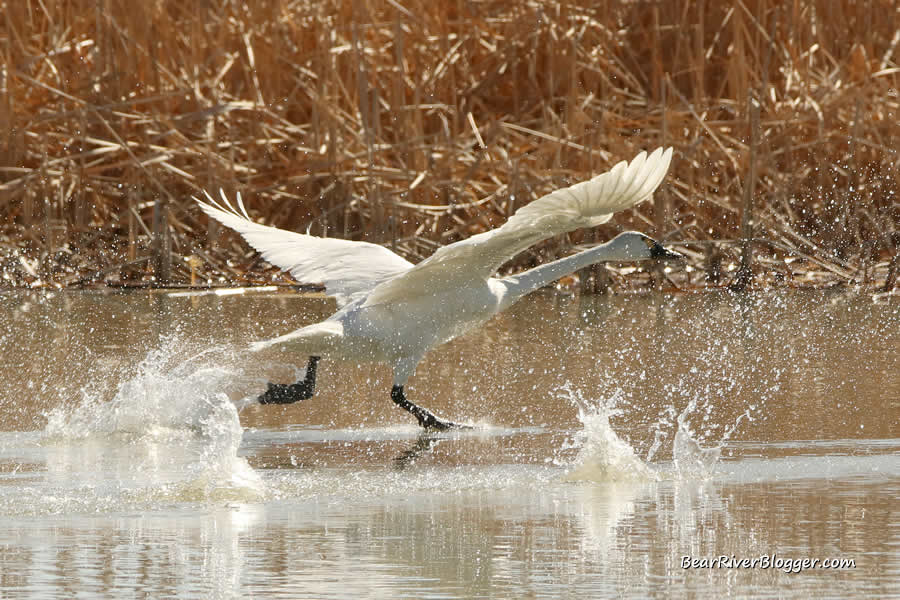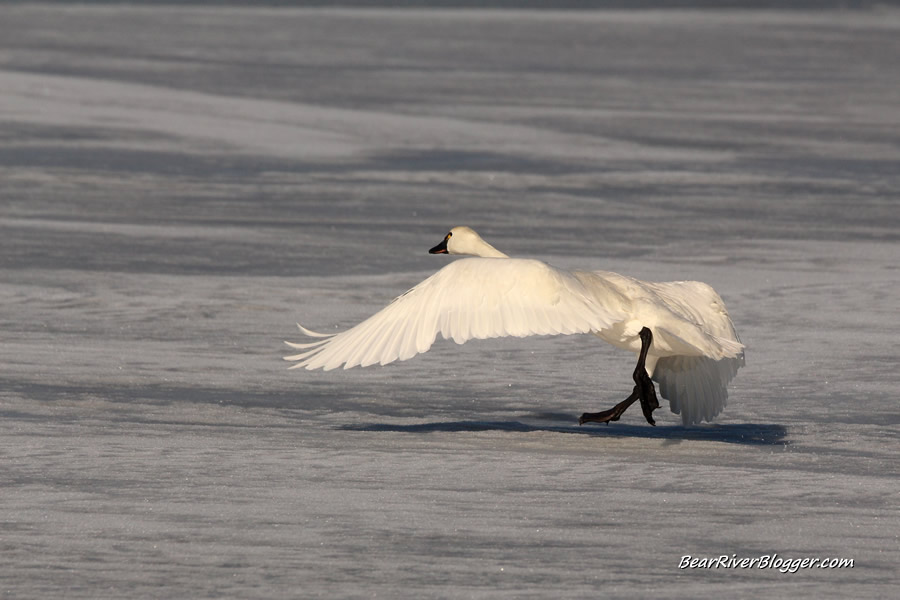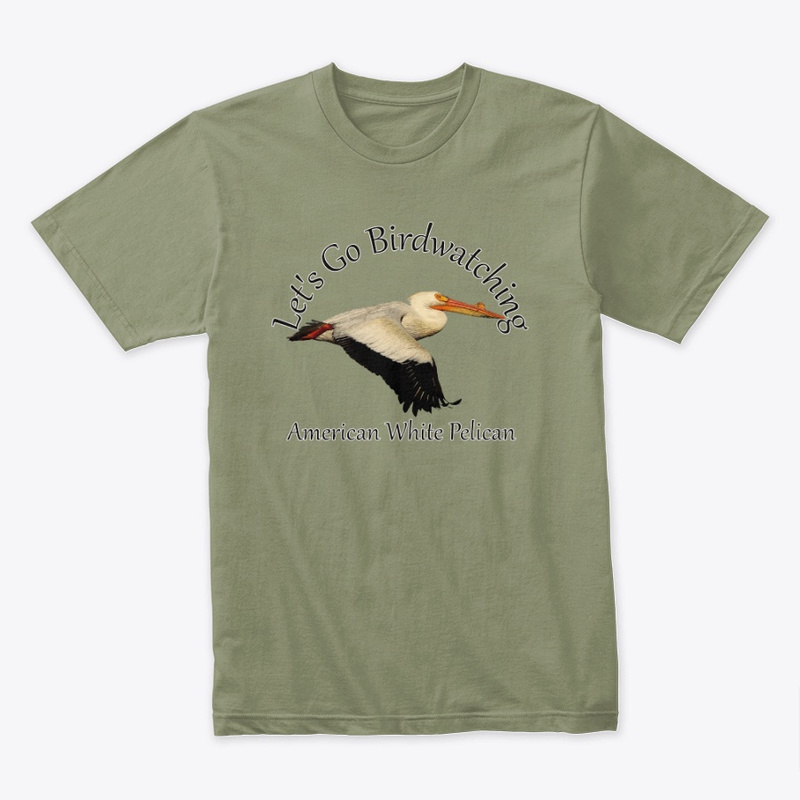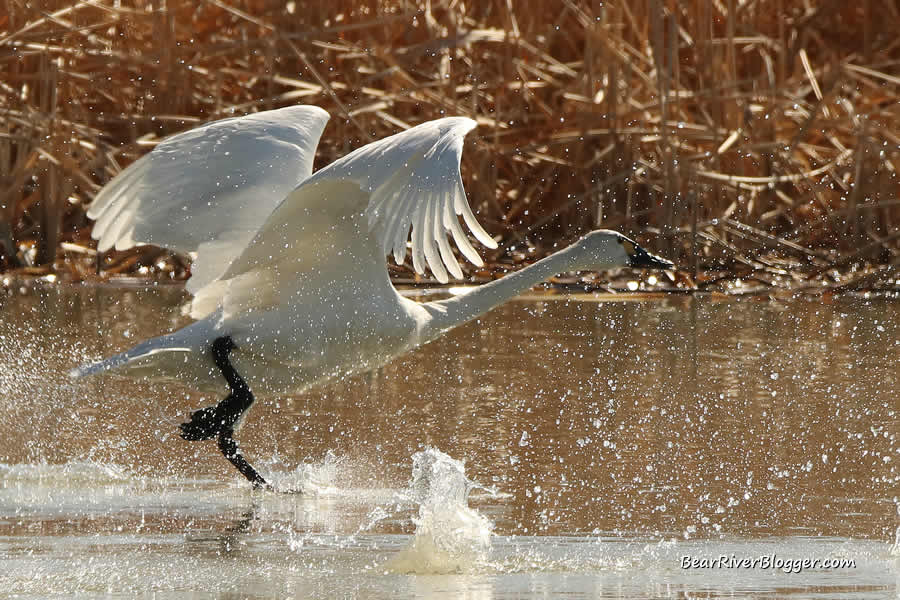Have you ever been to a wetland preserve during spring migration and, well, for no other reason just sat and watched the swans?
Being an avid birdwatcher, I most certainly have, numerous times, in fact.
It’s quite enjoyable to take a little time from the busy, fast-paced modern world we live in and enjoy these majestic birds for a moment or two as they migrate to the far northern reaches of Canada and Alaska for the summer breeding season.
The spring tundra swan migration is, without question, one of the greatest bird spectacles we have here in Utah.
It’s one of the marvels of nature I personally look forward to each year with great enthusiasm, one that always recharges my most inner self with the hope winter is finally giving way to the first signs of spring.
I would go as far to say the spring tundra swan migration easily rivals our snow goose migration which, by the way, happens simultaneously in the same general vicinity of the Bear River Migratory Bird Refuge, a win-win for birdwatchers looking to double-up on a unique spring birding excursion.

Starting in early February and sometimes lasting into April, thousands of tundra swans migrate through the Great Salt Lake marshes, stopping over for a few weeks to feed and rest in managed wetlands such as Farmington Bay WMA and the Bear River Migratory Bird Refuge, two areas that offer a good opportunity for the public to view the migrating swans each year.
These protected wildlife sanctuaries give birdwatchers such as you and I a great opportunity to view these beautiful birds in flight as they go about their daily routines of searching for food, mating, and quarreling with rival swans over who knows what.
But as graceful as swans are in flight, taking off does expend a little bit of effort before they are airborne due to their large size.

Trumpeter and tundra swans are the only two swan species native to North America and both migrate through Utah during parts of fall, winter, and spring.
Trumpeter swans, not nearly as common here in Utah as the tundra swans, are the much larger of the two species, weighing between 20-30 lbs with a wingspan of 6-7 feet whereas tundra swans can range from 10 to 20 lbs in weight with a wingspan of about 5.5 feet.
That is certainly a lot of size and weight for either swan species to get off the ground when taking flight.
But both the tundra and trumpeter swan have a unique method of compensating for their large size while taking off to fly, they run to get themselves airborne.
Swans can take off from both dry ground and water but due to their large size trumpeters and tundra swans need to run for a short distance to help them take off to fly.

It’s quite a sight to watch tundra swans, for example, running on the surface of the water with their strong legs, webbed feed, and powerful wings propelling them forward and upward, briefly slapping the water with their wings as they take to the air.
Bird flight and migration are quite fascinating to me and watching such enormous birds seemingly defy gravity so effortlessly as they take to the air and congregate in a traditional “V” formation is one of the many reasons I love birdwatching so much.
It’s just so impressive to watch such large birds like the trumpeter and tundra swans take to the air like they do.
And we as birdwatchers are fortunate to be able to do so in places such as the Bear River Migratory Bird Refuge auto tour route and Farmington Bay Waterfowl Management Area each spring when the tundra swans grant birders a brief glimpse of their lives for a few short weeks.

If you are like me, an avid birdwatcher and nature buff, I offer you to head on over to our subscribe page and sign up for email notifications for future blog posts.
We appreciate and thank you for your support for our website through your readership and for helping it grow by sharing posts you enjoy on your favorite social media outlets and forums.
(For short nature clips like this one and interesting stories about the natural world around us, check out our Bear River Blogger channel on YouTube for videos and updates from our travels while out in nature.)




